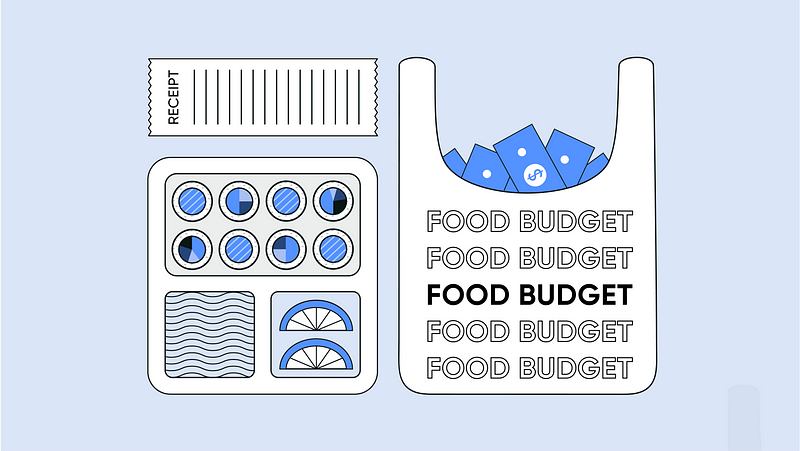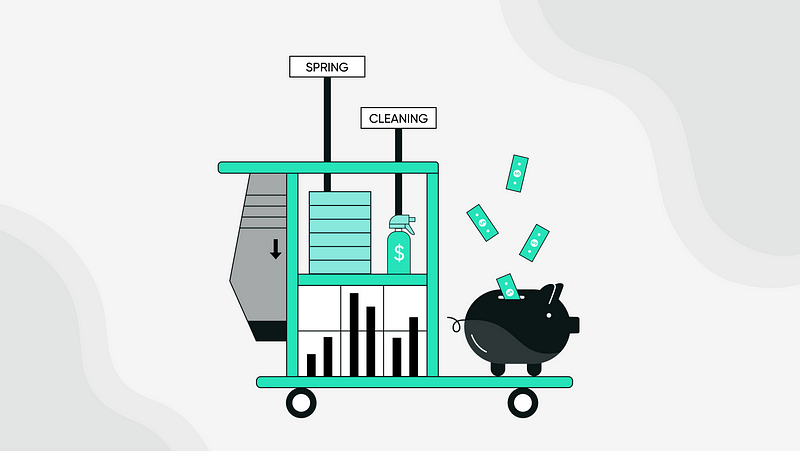
As we head into April and COVID-19 restrictions allow for restaurant reopenings, it is essential to reassess your food budget. Most people have come across the thought process of choosing to eat a meal out or stay in and eat what is at home. This is a typical expense that people experience daily. There are convenience and lots of other factors involved in the decision-making process. This is important to any budget when choosing what to eat and where to spend your money.
50/30/20 Budget:
Divide your budget into three main categories: needs, wants, and savings. Breaking down your budget will allow you to get a clear sense of where to allocate your money and understand how much you have to spend out on food. This budget consists of spending 50% of your after-tax pay on needs, 30% on wants, and 20% on savings. This rule may not apply to every budget, but will help you better understand managing your funds appropriately. This rule may not apply to people living in areas where it costs more to live, and therefore the budget cannot be applied to the generic spending rule. While not every individual can follow this rule, the general idea is to keep the “30%” or spending money allocated towards dining out and other expenses. Dining out should be categorized as spending and not needs because making your own meals will always be cheaper and more budget-friendly.
Use Coupons
Coupons can be found online, in magazines, in stores, and in the newspapers. There are several spending websites such as Groupon, Restaurant.com, etc. These types of coupon sites may offer deals to discount your dine-out meal and grocery shopping. There are also particular times such as Happy Hour that many restaurants take advantage of to offer discounted prices on their food and drink menus. This could be the perfect opportunity to get the experience of dining out while budgeting for a lower price.
Menu Plan
When choosing a restaurant to spend out at, take a look at the menu before to understand the prices and options on their items. This will allow you to plan on your expenses while dining at the restaurant and choose which items to purchase beforehand. One example is beverages- water is available for free at restaurants,, while other drinks will cost more. If you decide to have a glass of wine for dinner, you could call the restaurant ahead of time to get a price for their corkage fee, while bringing your bottle could be more affordable.
Food Delivery Convenience
While many Americans face the hassle of meal prepping and cooking, there has been a rise in food delivery services. There are some budget-friendly delivery services, however, most of them continue to charge high prices. Food delivery includes meal kit services such as Blue Apron, to restaurant delivery such as DoorDash or UberEats to grocery delivery like Instacart. These big delivery services profit from the convenience craze but at a higher cost than doing it yourself. Before using delivery apps, take a look at the price breakdown and reevaluate if it makes more sense to do it yourself. Eating out at restaurants is costly, while food delivery services offer similar prices. When considering a food delivery service, it is important to check the pricing of your different options to know which one is most suitable for your budget. It could help understand and price the difference between eating out vs. food delivery when thinking about where to spend your money on meals.




